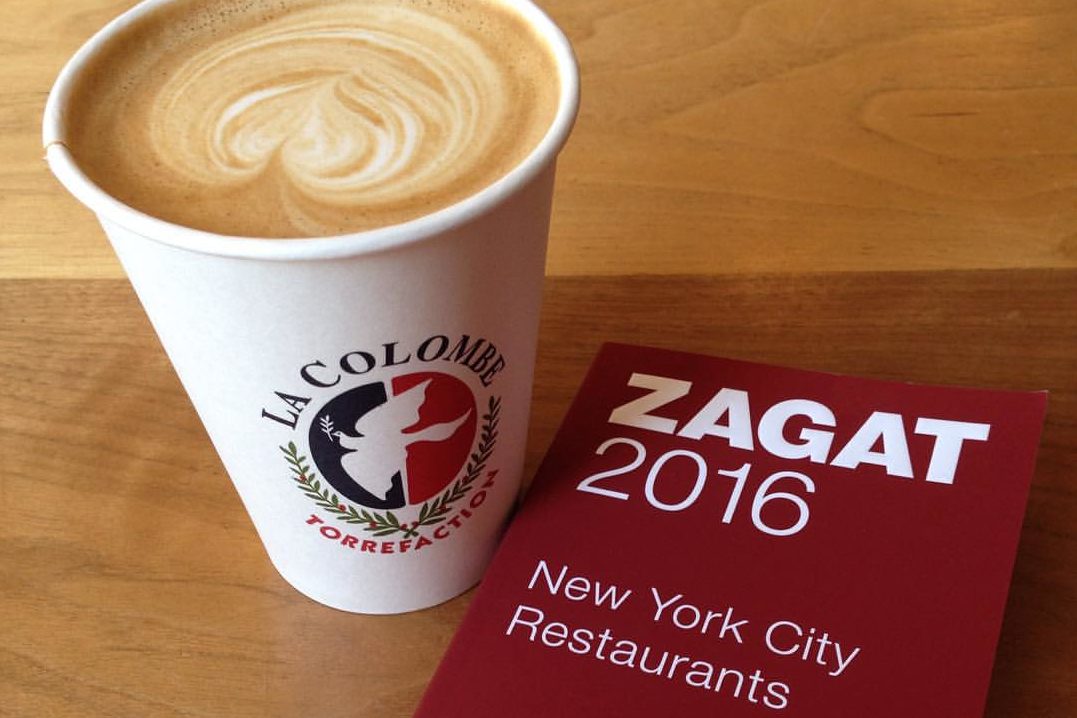Google May Finally Be Giving Up on Its $151 Million Bet on Zagat

Photo Caption: Zagat could be for sale, according to a Reuters report.
Skift Take
You can only lean on a decades-long history for so long. In the new frontier of restaurant reviews, recommendations from social circles are winning the day.
Alphabet, Inc.’s Google may sell off its ownership of the Zagat restaurant guides, Reuters reports.
Google purchased Zagat for $151 million in 2011, giving the search engine a cache of expert reviews in over 100 markets with which to fight off Yelp's growing power in local listings as well as counter what was at that time a rapidly growing local deals threat from brands including Groupon.
But instead of investing in Zagat or growing the digital or print operations, Google let the brand slowly wither through shrinking coverage, halting most publishing, and killing Zagat's distinctive ratings system.
Google has in recent years downplayed its Zagat content and instead used a network of local experts connected largely through its Google Maps product to add user reviews to restaurants and other businesses. Zagat still exists in Google Maps, but it is just one of many services competing for mindshare rather than a favored Google product.
Zagat's Play
Zagat was Google's first real content play, which was soon followed by the purchase of Frommer's in 2012 (for a fraction of the cost of Zagat). At the time of these purchases, Google had little to no experience managing content and no staff that knew how to maintain listings of this kind.
In addition to providing content around points of interest including restaurants, at that time Zagat also had shopping and nightlife listings, and Frommer's added hotels, attractions, and more. Google sold the Frommer's name and the print business back to Arthur Frommer less than a year later, but it kept editors and the data to integrate into the Maps product.
And the Zagat brand stayed a separate product, too.
Zagat started in 1979 in New York City and was user-generated content before user-generated content was the Yelp- and TripAdvisor-like juggernaut it turned into over two decades later. The original idea was conceived because its founders found newspaper restaurant reviews to be unreliable. Diners could fill out surveys about restaurants they visited, and founders Tim and Nina Zagat (along with others in later years), would edit together reviews in a distinctive, quote-based style.
By the mid 1990s, its annual print releases in cities across the U.S. and later in Europe were major events in bookstores. Custom printing for banks and other institutions were a key part of revenues as well.
For the majority of its run, Zagat’s ratings had a 30-point scale in three categories. Google began phasing this out in 2013 with a 5-point scale that syncs with Google's rankings, with a score of 5.0 considered “perfection.” The 30-point system was killed entirely in 2016.
Zagat's printed guides to cities outside of New York stopped in 2014. The most recent New York guide was published in fall 2016.
Remaining Influence
Digitally, it still operates in 38 U.S. cities, but despite its Google connections it has little traffic — December numbers were under 900,000 visitors according to Similarweb.
According to OpenTable’s 2017 Technology and Dining Out Report, just over half of those surveyed consulted search engines when deciding where to dine. Similarly, over 50 percent asked for word of mouth recommendations, and exactly half said they use community-based review and ratings sites like TripAdvisor and Yelp. Only 20 percent said they consider professional reviews.
While Zagat’s reviews do incorporate diner feedback, they’re supplemented with what the company calls “on the ground experts,” who likely provide editorial direction and a final word in these reviews, unlike the arguably more democratic Yelps of the world. Whether intentionally or not, this puts Zagat’s content squarely in the “pro” category.
Of course, placement in a Zagat city guide or a chef’s inclusion on its notable “30 Under 30” lists is great press for a restaurant, even as the Zagat name becomes less recognizable — or at least less respected by consumers deciding where to dine. At nearly 40 years old, the Zagat name does carry at least a bit of weight, but when pitted against Google’s vast user-generated review content, or Yelp, or even newcomers on emerging platforms like the Infatuation, pales in comparison.
